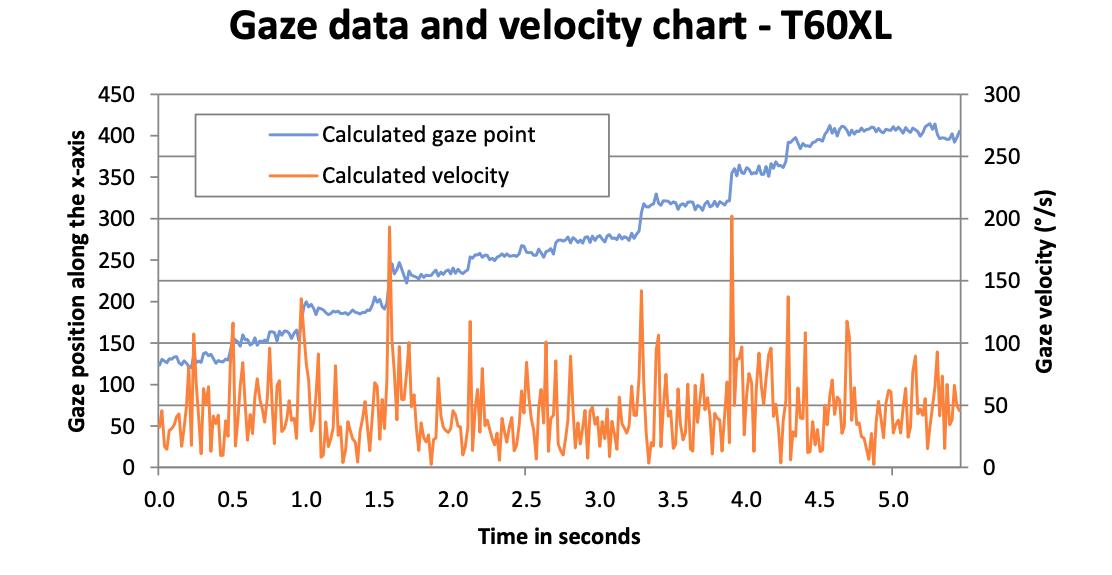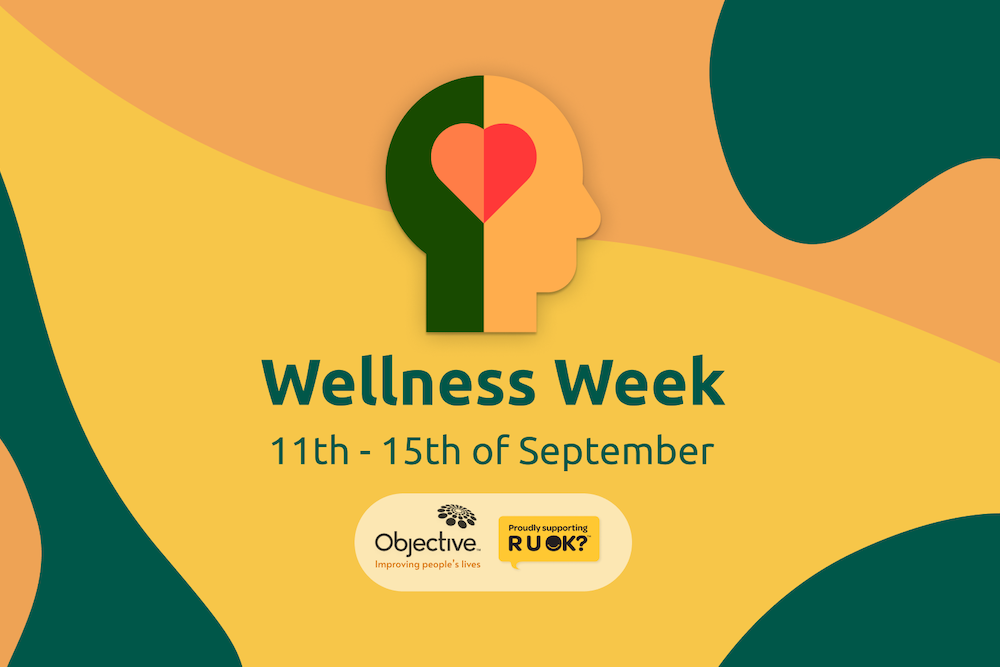This post originally appears on our Singapore team’s blog at eyetracking.com.sg.
Daniel Scheffold, a Tobii Certified Instructor from Tobii Pro has started a 4-part series of advanced topics in eye tracking.
This is the first part of four in our mini-series on advanced topics in eye tracking. We begin with a topic that is fundamental to the technique: classification of eye movements.
Why do we need to classify eye movements in the first place?
Most modern eye trackers are video-based. Images of the eye captured at regular intervals, the sampling rate, are processed to calculate instantaneous gaze position. This discrete data stream must then be converted back to the informative, continuous eye movements for analysis. This digital-to-analog conversion is accomplished by passing the raw gaze samples through an event detection algorithm called the fixation filter.
Fixation filters can come with adjustable parameters to enable tailoring their characteristics to specific circumstances. Choosing the appropriate parameters is of fundamental importance in properly classifying eye movements and calculating valid metrics based on the resulting fixations and saccades.
How do I apply it?
There are a variety of fixation filters and researchers may choose based on those commonly used in their field. If using Tobii Pro Studio for analysis, you can choose from several with varying levels of complexity and adjustability.
The Tobii Pro Studio default is the Tobii I-VT fixation filter. As a classification filter that operates on the velocity of eye movement, it is effective and commonly used in human behavior research.
You can find the algorithm description here: Download White Paper: Tobii I-VT Fixation Filter
Tip: As reviewers get more demanding and want to understand better how you processed your data, we encourage you to cite this White Paper and the parameters chosen in your methodology section if you use this filter.
Our White Paper on the Default Values Tobii I-VT Filter describes how we determined the optimal parameter values of the Tobii I-VT Fixation Filter.
As this is a generic eye movement filter, it is reasonable to review and validate the parameters of your eye movement filter empirically. You find a great hands-on guide for this is in Chapter 5.3, pp. 153 in “Eye Tracking – A Comprehensive Guide to Methods and Measures” from Holmqvist & Nyström et al. (Oxford University Press, 2011). In Tobii Pro Studio, the Velocity Chart can aid you in this process (see Tobii Pro Studio manual Appendix 14.2)
To summarize, how you classify eye movements in your data is an extremely important step in your research and can have a massive influence on the calculated measures, so choose carefully.
Recommended reading:
Chapter 5, Estimating Oculomotor Events from Raw Data Samples, Holmqvist & Nyström et al., 2011.
If you’d like to learn the basics of eye movements and events (e.g. what are fixations, saccades, smooth pursuit, vergence, VOR), we touched base on it in this article here.
Next up…we will be taking a deeper look at the three different spaces used in eye tracking and how they relate to drawing areas-of-interest. Watch out for the article on eyetracking.com.sg!







